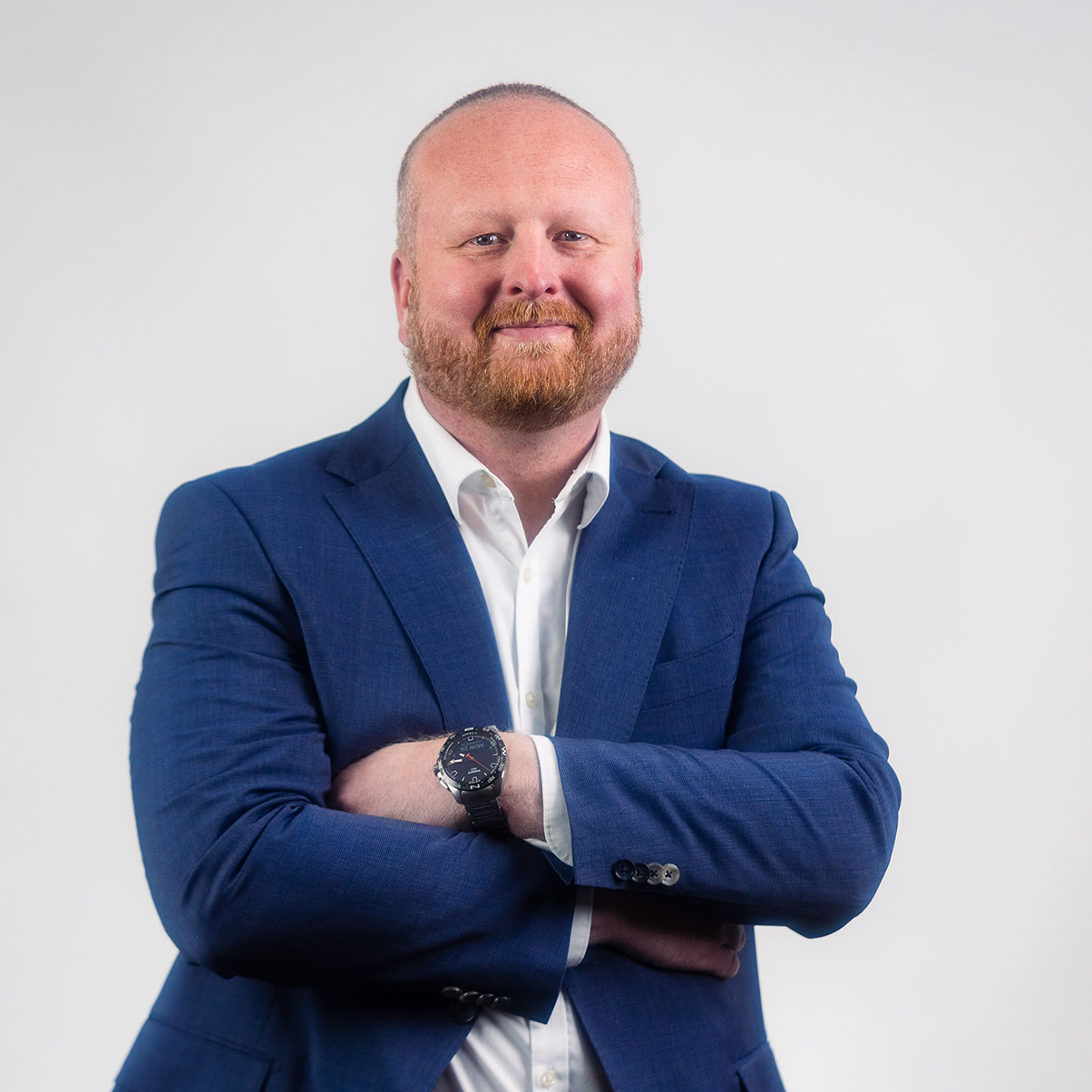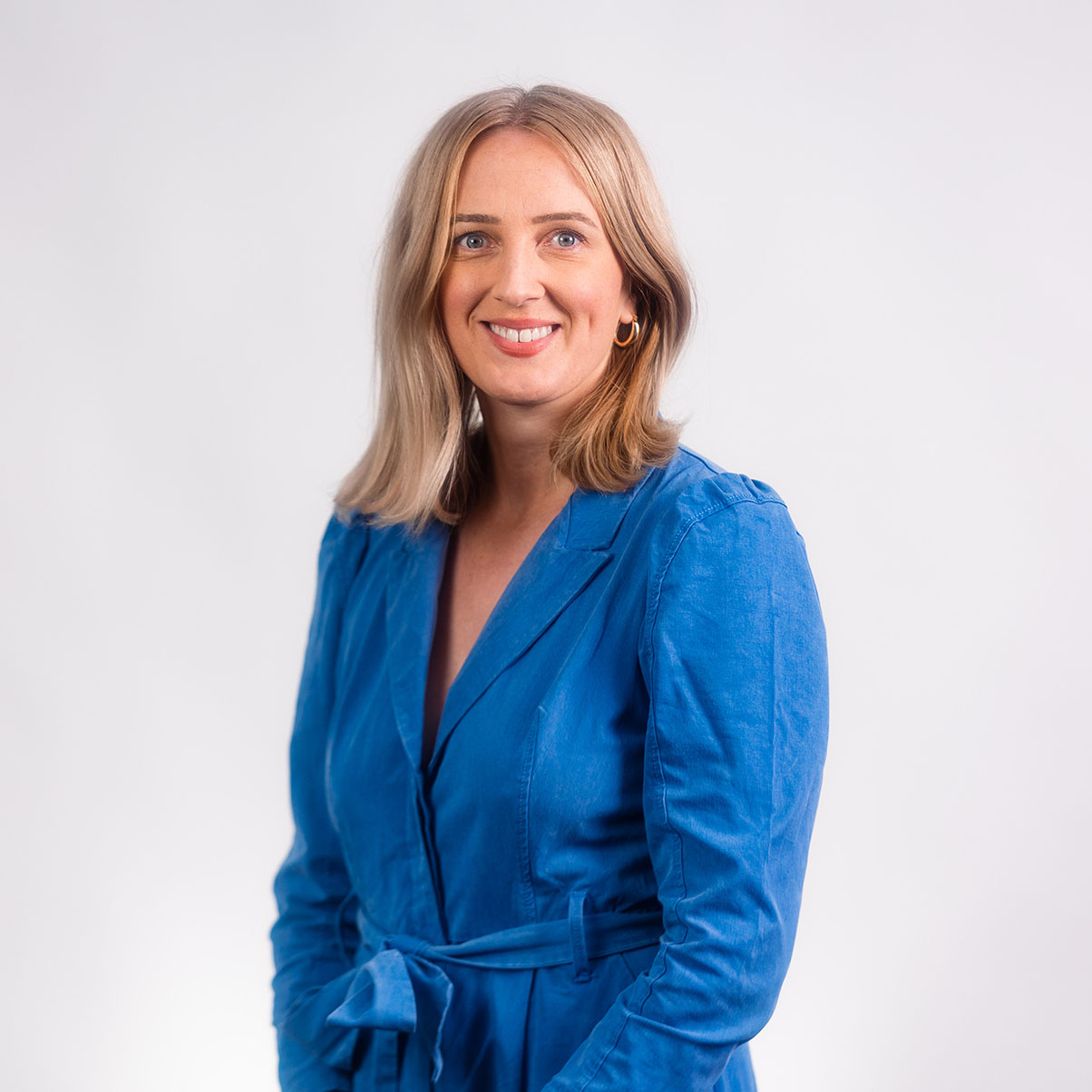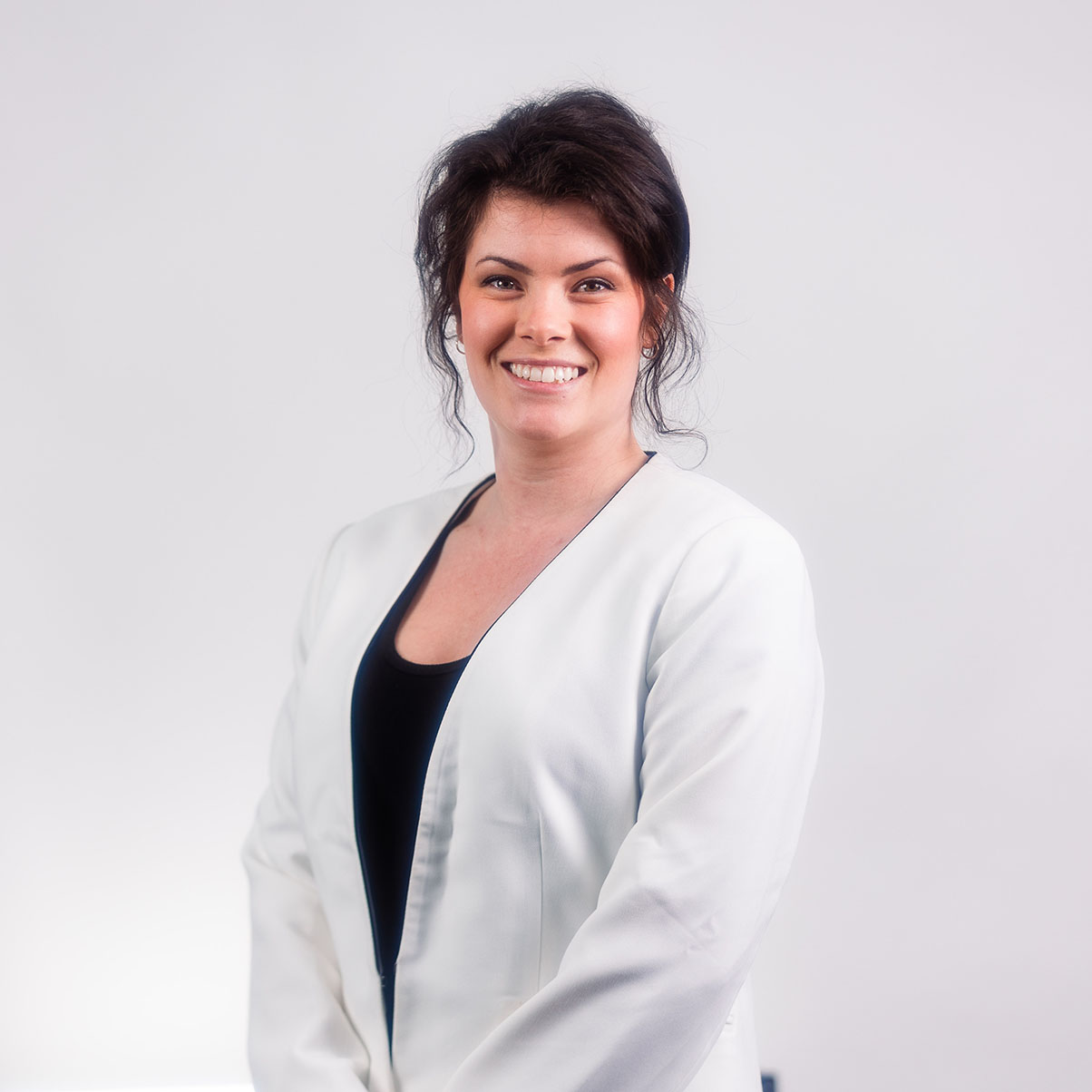We build organizations that perform
Human-centric organizations that will survive the major shift in work that is happening right now
We’re a consulting firm saving organizations from disengagement, burnout, and lost productivity by creating environments where your people thrive
We work with our clients to co-create human-centric environments, which means: more engaged employees, higher productivity, and less turnover
Our services include:
Consulting
We work with your organization to find unique solutions to your culture and performance issues.
Coaching
1-on-1 and group coaching and mentorship to help cultivate human-centric leaders.
Value Operationalization
Integrate your values into observable behaviors that inform decision making, performance management, and how people show up.
Workshops
Learn concepts and put them into practice to see your orginization change.
Fireside Chats
the problem
Employees are less engaged and more unhappy with their work than any other time, causing:
Employee exodus
Other than a paycheck, many of today’s work cultures aren’t giving workers reason to stay. So they aren’t.
Soaring operating costs
58% of job performance is driven by how people feel. If your employees aren’t thriving individually, they’ll be underperforming.
Stifled innovation
Disconnected employees check-out as soon as they clock-out. They don’t spend their time thinking of ways to improve their work.
a better way
Human-centric organizations create rewarding environments where people feel connected to the work and to each other
Your people stay
They feel valued and nurtured, leading to less burnout and turnover.
Your people produce
They work harder, take on responsibility, and face uncertainty with vigor.
Your people innovate
Their work matters to them, so they feel inspired and bring forward new ideas.
We help shift your teams to be more human-centric, so you can create great outcomes for your people and your organization
Your people become engaged and resilient, so your organization can perform and achieve its big goals.
Here’s how we do it:
Step 1: Diagnostic
What does a successful outcome look like to you? We take the time to understand your short-term, mid-range, and big-picture goals so we can know where to search for the blockages. We’ll find answers to the important questions:
- What’s going on below the surface?
- What are the unwritten rules here?
- What do people really think?
Step 2: Transformation
Change isn’t manifested through policies and procedures. The strongest way to influence your people is by changing the way they think.
Using our unique blend of consulting, training, and coaching methodologies, we’ll create a comprehensive plan specifically tailored to your organization’s needs.
Step 3: Sustainment
This is where change often fails. Consultants come in, diagnose, prescribe, and then leave. This leads to programs that ultimately fail.
We stay connected to your organization, employing modern, human-centric change management practices to ensure your organization continues to adopt the change and develop and grow.
We offer a free 45-minute strategy session (not a sales call!) to find out where you're stuck and what can be done. We'll get into the meat of things right from the get-go, and you'll leave with actionable advice. This is a fun and rewarding call that our clients love.
Let's talk about your goals! Send us an email at info@becomingcentric.com
Case Study
Client: State-Level Government
Goal: High Performing Team
Two Canadian public organizations were joining forces to implement a new Province-wide initiative. But people were already overworked, and the team, coming from two separate organizations, had never worked together. They needed a new approach to project management and team development.
Both organizations had a toxic culture exhibiting symptoms of dysfunction:
- Hierarchical decision making
- Lack of psychological safety
- Poor communication
- Lack of collaboration
Psychological safety trumps all
Healthy teams start with psychological safety. Everyone needs to feel safe to speak, whether it’s a potential question, risk, or an idea. So we met with everyone, 1 on 1, to ensure their concerns were addressed and they felt safe. This made the team feel empowered to share ideas and take ownership over the outcome of the project.
Abolishing hierarchies
This was a large program that needed to be developed fast. A traditional, hierarchical team structure would have failed. So we formed a flat leadership style, where leaders were facilitators rather than dictators—as colleagues, rather than superiors. This way, we were able to create a strong culture right from the get-go. This was a game-changer for the team—they had never experienced anything like this, and it allowed us to develop and iterate quickly.

Creating a minimum viable product
There were 12 initiatives within this program, and we needed to move fast. So we put forward several mini-launches of minimum viable products. We didn’t wait for anything to be perfect or complete: develop and then build on it. This approach allowed us to build comradery fast and showed we’re all working toward the betterment of the project, not our individual egos.
The result: successful outcomes, ahead of schedule
We were able to create a culture of safety within a team that came from two very unsafe organizations. Our team was self-managing, despite everyone coming from command-control, hierarchical environments. This resulted in us achieving success within three months. We brought in several programs, conducting over a dozen launches. The previously overburdened team was able to pull out astonishing feats because they felt like they were equal contributors to something larger than themselves.

Our mission: why is this such a big deal to us?
Our organizations have evolved from systems that were developed in the Industrial age, designed to extract as much menial labor per unit of time. Work is different now—it’s creative and dynamic. And people are different now—they need meaning and connection. But the way we organize our companies hasn’t kept up.
The old way of organizing companies is destroying our ability to accomplish big goals. It’s destroying our mental health.
Work takes up such a massive chunk of our lives and yet it doesn’t set up environments for us to be well. It often doesn’t do much more than put food on the table and a jetski in the garage.
What it means to be human-centric
Being human-centic means showing up to work knowing you’ll feel safe and valued. It’s where everyone is empowered to contribute to the success of the company. It operates under the premise that every individual has an immense amount of influence and should be treated as such.
It prioritizes safety and connectedness above all else. People are trusted, by default. As a consequence, people show up to work more connected, and they work harder. They contribute to meetings and put forward their ideas. Innovation and productivity increase.
The result is the highest performing organizations
We believe we have the ability to change the world around us by challenging the status quo for how our organizations function, and we can experience a quantum leap in how they perform. That’s what drives us forward and we welcome anyone with a similar vision to join us.

Our Human-Centric Humans
We’re a multidisciplinary team allowing us to solve complex problems—all using industry best practices to enact the change required for your organization.

Kursten Faller
Chief Human Officer and Recovering bureaucrat
Kursten started his career working in an engineering consultancy where he witnessed organizational dysfunction that seemed almost unbelievable. Since then, he’s dedicated his career to creating high-performing teams through a human-centric approach. Now, he and the team at Centric are consulting for state-level government organizations and private companies in manufacturing, retail, energy, and construction—helping them enact large-scale business change initiatives.

Meredith Mitchell
People and Culture Collaborator
Meredith’s spent much of her career in construction and oil & gas, where she had to survive in archaic, boys-club cultures (think Duck Dynasty meets Mad Men). Since then, she’s dedicated her talents to project management, workflow optimization, and ‘how to make work not suck.’ She encourages people to shed their slick veneer of pseudo professionalism and show up as their authentic selves. When this is achieved, work can become a form of sustenance, not just a paycheck.

Cheyenne Harvey
Business Development Connector
Cheyenne has held leadership positions in several industries due to her curiosity, drive, and desire for connection. She sees her life and work as a series of connections established through building trust and relationship. She treats everyone as if they have something important to say, and as such, is able to foster a sense of community with her colleagues, clients, and personal relationships.
